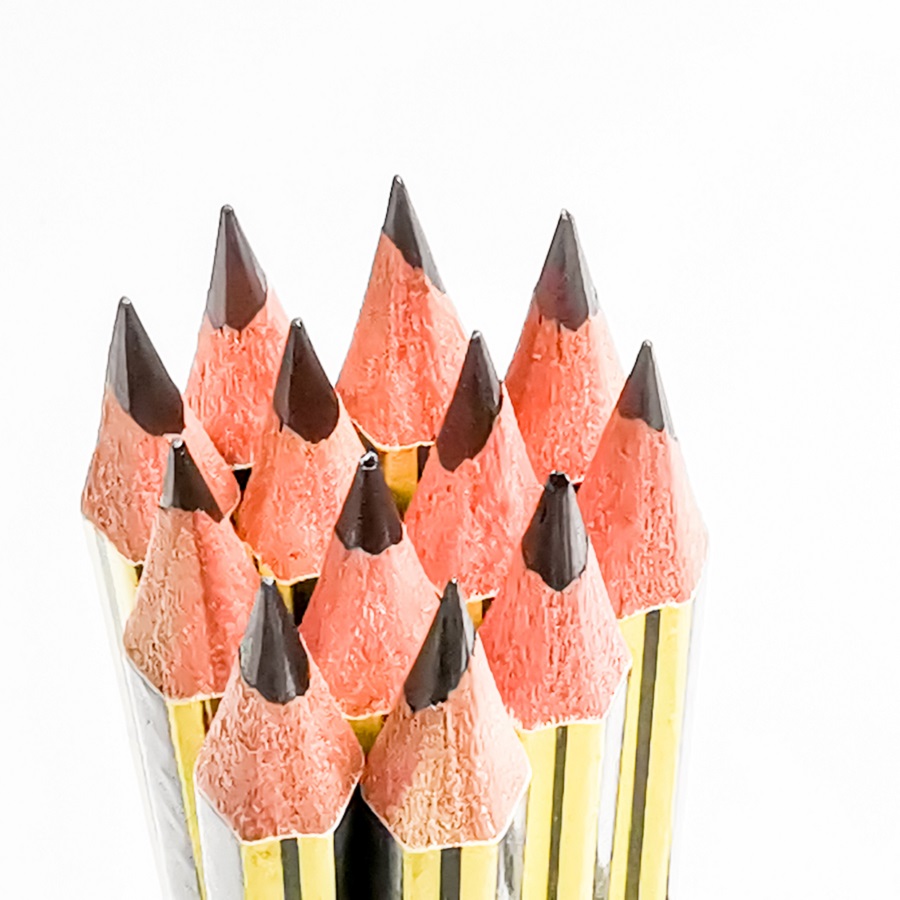Crayola colored pencils are a beloved tool for artists, educators, and children alike, known for their vibrant colors, durability, and versatility. In this guide, we’ll explore the unique features and benefits of Crayola colored pencils, delve into their composition, and provide tips for maximizing your creative experience with these high-quality art supplies.
Crayola Colored Pencils: Introduction and Importance
Crayola has been a trusted name in the world of art supplies for over a century, offering a wide range of products that inspire creativity and learning. Crayola colored pencils are particularly valued for their rich colors and smooth application, making them ideal for various artistic endeavors, from school projects to professional artworks.
Crayola colored pencils cater to all age groups, from young children learning to color within the lines to professional artists creating detailed illustrations. This versatility is part of what makes Crayola a staple in homes and classrooms worldwide. According to
Crayola’s official site
, their colored pencils are designed to help users of all skill levels achieve their creative potential.

Unique Features of Crayola Colored Pencils
Crayola colored pencils stand out due to several key features:
-
Vibrant Pigments
: The pigments used in Crayola colored pencils come from both natural minerals and synthetic chemicals, ensuring a wide range of bright, consistent colors. Natural pigments are derived from substances like ochre, charcoal, and limestone, while synthetic pigments allow for an even broader palette. -
High-Quality Fillers
: Fillers such as paraffin wax and talc are used to provide the pencils with the right hardness and texture, ensuring they are easy to sharpen and use. These fillers also help keep the cost of the pencils affordable without compromising quality. -
Effective Binders
: Binders like glycerides, waxes, and resins hold the pigments and fillers together, affecting the pencil’s performance. Different binders can influence the pencil’s smoothness and durability. -
Durable Wooden Shell
: The wooden casing of Crayola colored pencils is typically made from basswood, poplar, or other softwoods, providing a sturdy yet lightweight shell that protects the pencil core and ensures a comfortable grip.
These features make Crayola colored pencils a preferred choice for both casual coloring and detailed artwork.
Crayola colored pencils
are not only known for their vibrant colors but also for their environmental responsibility. The brand is committed to sustainability, using responsibly sourced wood and eco-friendly manufacturing processes.
Benefits of Using Crayola Colored Pencils
Using Crayola colored pencils offers numerous benefits for children, educators, and artists:
-
For Children
: Crayola colored pencils help young artists develop fine motor skills and foster creativity. The wide array of colors enables children to experiment with different hues and shades, enhancing their artistic skills and imagination. -
For Educators
: Teachers often use Crayola colored pencils in the classroom to encourage students to express themselves and learn through art. The pencils’ reliability and non-toxic materials make them a safe and practical choice for educational settings. -
For Artists
: Professional and hobbyist artists appreciate Crayola colored pencils for their consistent quality and versatility. Whether layering colors for depth or blending for smooth transitions, these pencils perform exceptionally well. Resources like
Durzerd
offer insights into the best practices for using colored pencils in your artistic endeavors.
Tips for Maximizing Your Experience with Crayola Colored Pencils
To get the most out of your Crayola colored pencils, consider the following tips:
-
Proper Storage and Maintenance
: Store your pencils in a cool, dry place to prevent the wood from warping and the core from breaking. Sharpen your pencils regularly to maintain a fine point, but avoid over-sharpening to extend their lifespan. -
Drawing Techniques
: Experiment with different techniques such as layering, blending, and burnishing to achieve various effects. For instance, layering involves applying multiple colors on top of each other to create depth, while blending can be done with a blending pencil or a soft cloth to smooth out transitions between colors. -
Choosing the Right Type
: Crayola offers different types of colored pencils, including oil-based, water-soluble, and pastel pencils. Oil-based pencils provide vibrant, heavy colors and a waxy texture, but are less suitable for layering. Water-soluble pencils can be used dry or with water to create watercolor-like effects, ideal for sketching and architectural drawings. Pastel pencils offer strong coverage and a unique grainy texture, but they can be messier and prone to smudging.
For those looking to purchase Crayola colored pencils in smaller quantities, websites like
Cpencils
provide convenient options for individual or small-batch orders.
By following these tips, you can enhance your creative projects and fully enjoy the benefits of Crayola colored pencils.
Crayola colored pencils offer a perfect blend of quality, affordability, and creative potential, making them a must-have for anyone interested in drawing and coloring. Whether you’re a child just starting to explore art or a seasoned artist, Crayola colored pencils provide the tools you need to bring your imaginative ideas to life.



